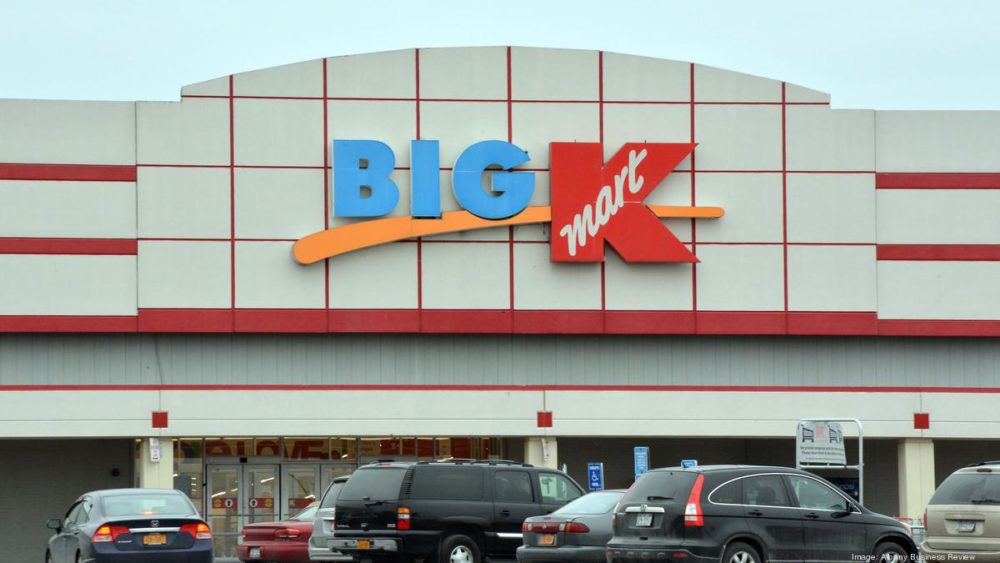A concept held to be true by online and brick-and-mortar shoppers, storegatory is a realm where a store that is too profitable to close but not profitable enough to stay open goes to atone for its offenses committed in the retail industry. Usually blemished with bankruptcy, the store sells products not worthy of YouTube unboxing videos but neither deserving of Goodwill.
Captives of storegatory undergo a painful physical transformation: the facades peel away and/or become faded, only one checkout counter per floor remains staffed, the layaway department closes, and employees give off a subtle yet foul odor of Sulfur8.
In addition, the store’s punishment extends into the physical world. Management and stockholders live in a state of delusion where they believe that rebranding, changing CEOs, and making every day Black Friday will cleanse the store’s soul and earn passage into The Profit Land.
In storegatory, the establishment’s body remains open to the public, even though its spirit has died long ago. Analysts believe the following are current storegatory detainees:
- Rite-Aid
- Sears
- Kmart
- FYE
- RadioShack
- JCPenney
- Payless
- The Sharper Image
- Foot Locker
- Claire’s
- GNC
The time spent in storegatory depends upon the amount of earthly consumer disdain it has accumulated. Each time someone drives by the store and says “I didn’t know they were still open,” the duration in this limbo state lengthens.
Some consumers who are devoted believers in the damned brand have attempted to shorten its period in storegatory by offering monetary sacrifices such as buying As Seen On TV items from truly successful stores and then burning the receipts at midnight on the first day of the next fiscal year on a full moon.
In some cases, outside businesses can petition on behalf of the store by promising financial security in an acquisition deal, but often these risky rituals have backfired on the petitioner, damning both to being dipped in and out of the fires of Chapter 11 for eternity.
Source: Buck, The Theology of Retail, 504-505; Erins, Moody’s Handbook of Storegatory, Volume 8, 275; Thomas, Where Good Stores Go to Die, 2nd ed.

